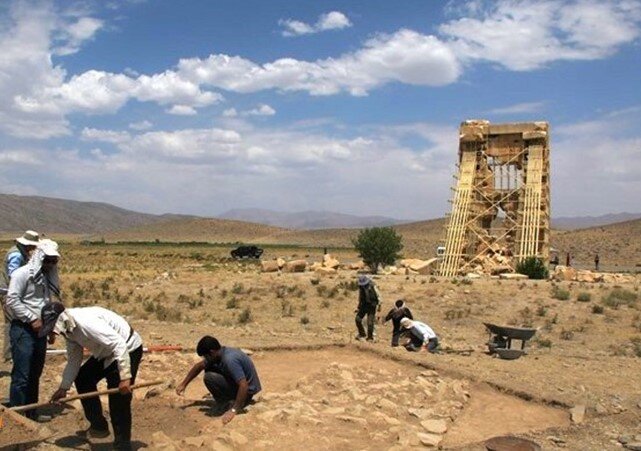New historical sites come to light near UNESCO-tagged Pasargadae

TEHRAN – Some new historical sites have been discovered near the UNESCO-tagged Pasargadae in Fars province, southern Iran, by the teams of cultural heritage experts, CHTN reported.
The historical sites belong to different historical eras, from Middle Paleolithic, Paleolithic and Epipaleolithic to Achaemenid (c. 550 – 330 BC), Parthian (247 BC – 224 CE) and Sassanid (224 CE–651) periods and even the Islamic era, provincial tourism chief Mohammad Nasiri Haqiqat said on Saturday.
Teams of archeologists and cultural heritage experts are studying the sites with the aim of research studies as well as achieving the best ways for protecting and preserving the sites, considering their geographical location, he added.
Situated in about 50 km north of Persepolis, Pasargadae embraces outstanding examples of the first phase of royal Achaemenid art and architecture and exceptional testimonies of Persian civilization.
Cyrus was the founder of the Achaemenid Empire which at its greatest extent stretched from the Balkans to the Indus Valley, spanning 5.5 million square kilometers. The Persian king declared the world’s first charter of human rights, also known as the Cyrus Cylinder.
Despite the minimal nature of the ruins, they make a good introduction to the wonders of Persepolis, some 60km to the south. Best visited en route from Yazd or Isfahan to Shiraz, most people fit them into an extended tour from Persepolis with stops at Naqsh-e Rostam and Naqsh-e Rajab.
ABU/MG
Leave a Comment